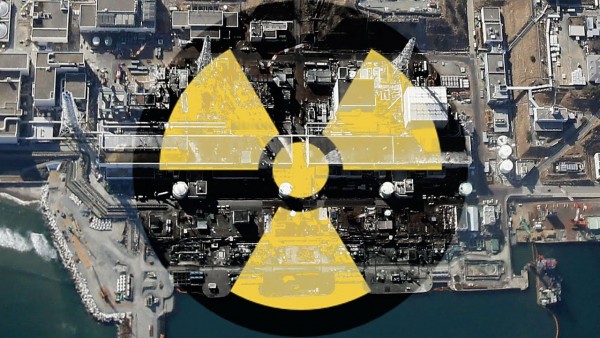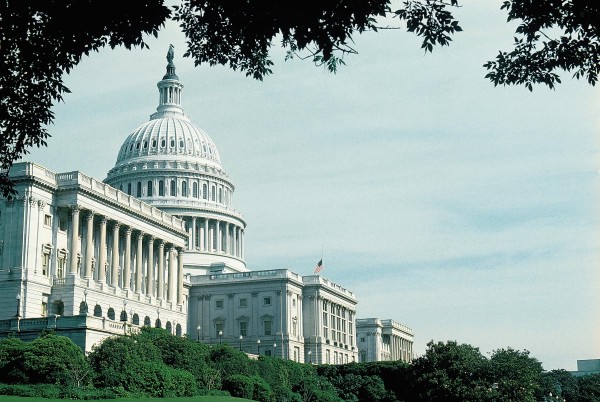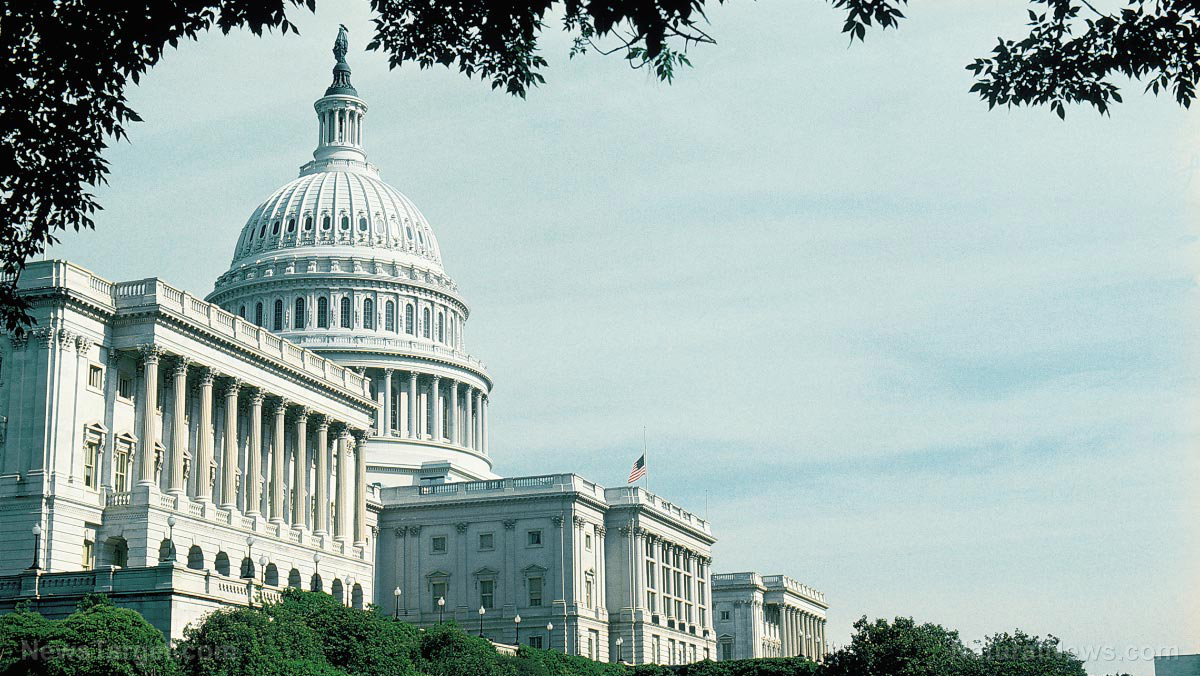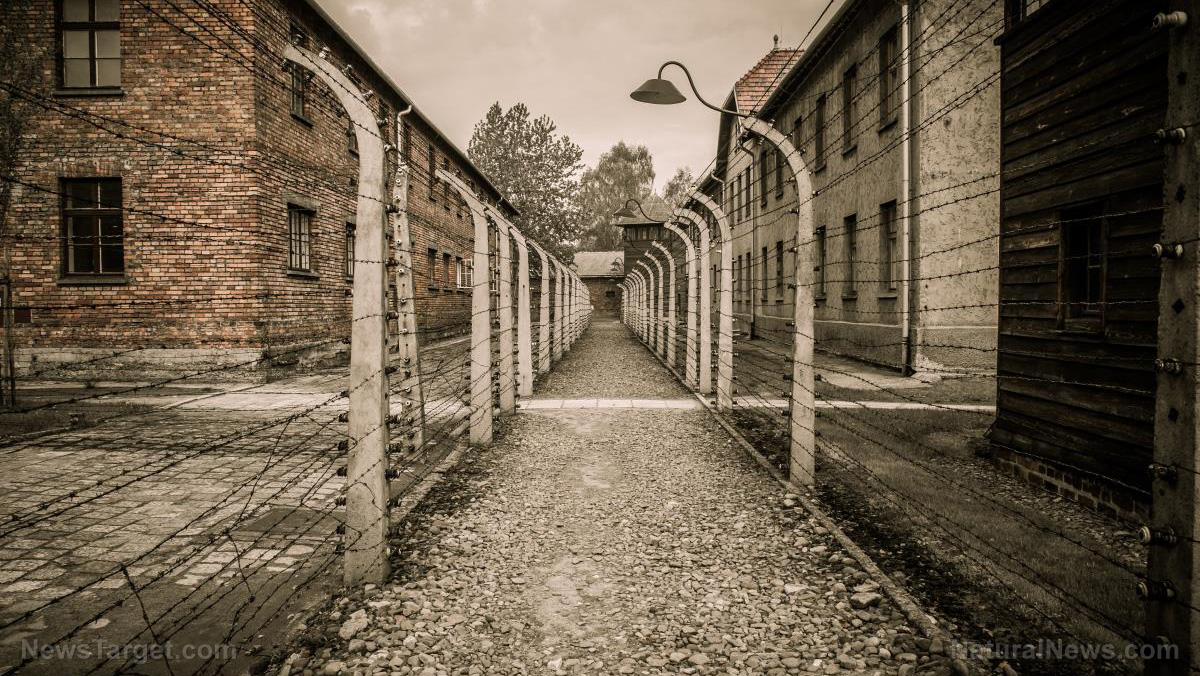
Government officials are reportedly planning on slashing housing support for the thousands of people that had been evacuated from the village of Iitate on March 31, on which date the evacuation order will end. It will have been just a short six years since the nuclear disaster occurred.
The village is located just 24 miles away from the power plant. According to Fox News, the Japanese government has told the former Iitate inhabitants that they have finished cleaning up the area and have decreased the average radiation level in the air to a mere 0.8 microsieverts per hour – a level that international organizations have recognized as safe for human life. The government announced that it would be discontinuing housing assistance to the affected residents one year after they have returned to their homes in Iitate.
Unsurprisingly, the government's announcement has been met with skepticism from the locals, and a hefty amount of criticism from environmental groups and radiation experts from around the world. They say that the Japanese government is merely trying to save face -- and money -- by forcing the residents of Iitate to return to an unsafe environment.
Jans Vande Putte, a radiation specialist with environmental group Greenpeace and one of the authors of a report on the cleanup efforts in Iitate, told Fox News, "The Japanese government just wants to say that we can overcome. It’s like they’re running a PR campaign to say that everything is okay and we can now go back to normal.”
The Fukushima nuclear accident is considered to be the worst nuclear disaster since the Chernobyl meltdown happened in 1986. After a 9.0 earthquake rocked Japan, the tsunami that followed destroyed the backup generators at the Fukushima plant. Without the emergency generators, proper cooling could not take place -- and three nuclear meltdowns ensued, along with explosions of hydrogen-air chemicals and the release of radioactive materials into the surrounding environment.
Even though the Japanese government insists that the radiation in and around the homes of Iitate, many experts disagree with their assertion.
Energy campaigner Ai Kashiwagi commented, "The relatively high radiation values, both inside and outside houses, show an unacceptable radiation risk for citizens if they were to return to Iitate." Kashiwagi likened the exposure levels to getting a chest x-ray once a week, and noted that the level of exposure was "not normal or acceptable."
Greenpeace has also said that a survey team they sent into the village found the levels of radiation dose rates at the homes were well above long-term radiation goals. According to them, the average radiation level exceeded the yearly 1 millisievert maximum recommended by the International Commission on Radiological Protection.
At one man's home, radiation levels outside the home reached values equivalent to 2.5 millisieverts per year. Inside the home, radiation was much higher -- reaching equivalents of 5.1 to 10.4 millisieverts per year.
This is not just a little bit over; it is many times more than what is deemed acceptable by international organizations.
Experts agree that radiation levels outside the village and the supposedly-decontaminated area are even more dangerous. Some 75 percent of the 77-square mile area is heavily forested and mountainous, and Greenpeace contends much of the area's radiation levels are comparable to the exclusion zone around Chernobyl. Even taking a walk through the woods, or eating food grown from the "decontaminated" soil puts people at a greater risk of high amounts of radiation exposure.
“It is still relatively unsafe to live there,” Vande Putte said. “If thousands of people go back it will be a bad situation and it’s just not wise to go back.”
Sources:
Please contact us for more information.























